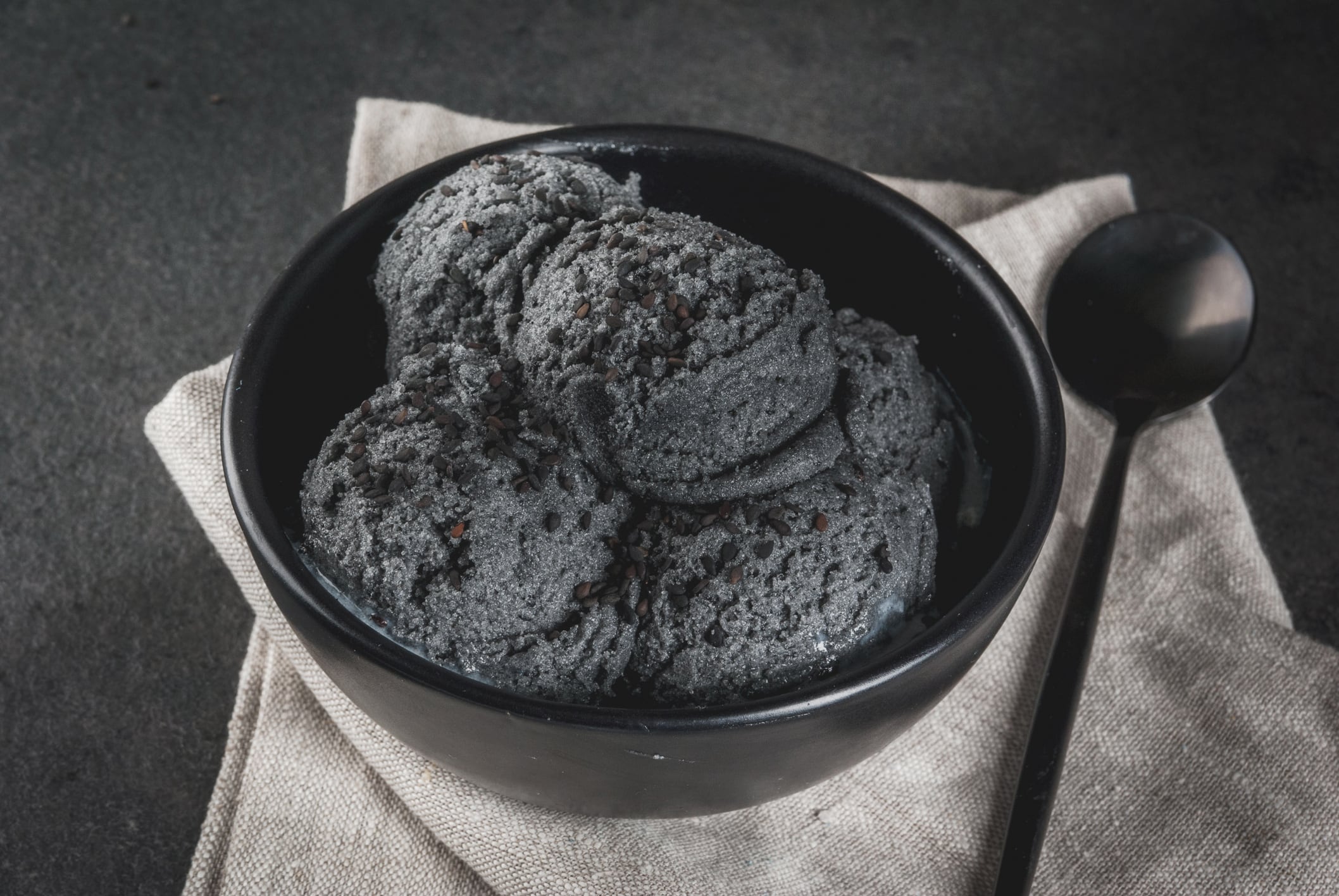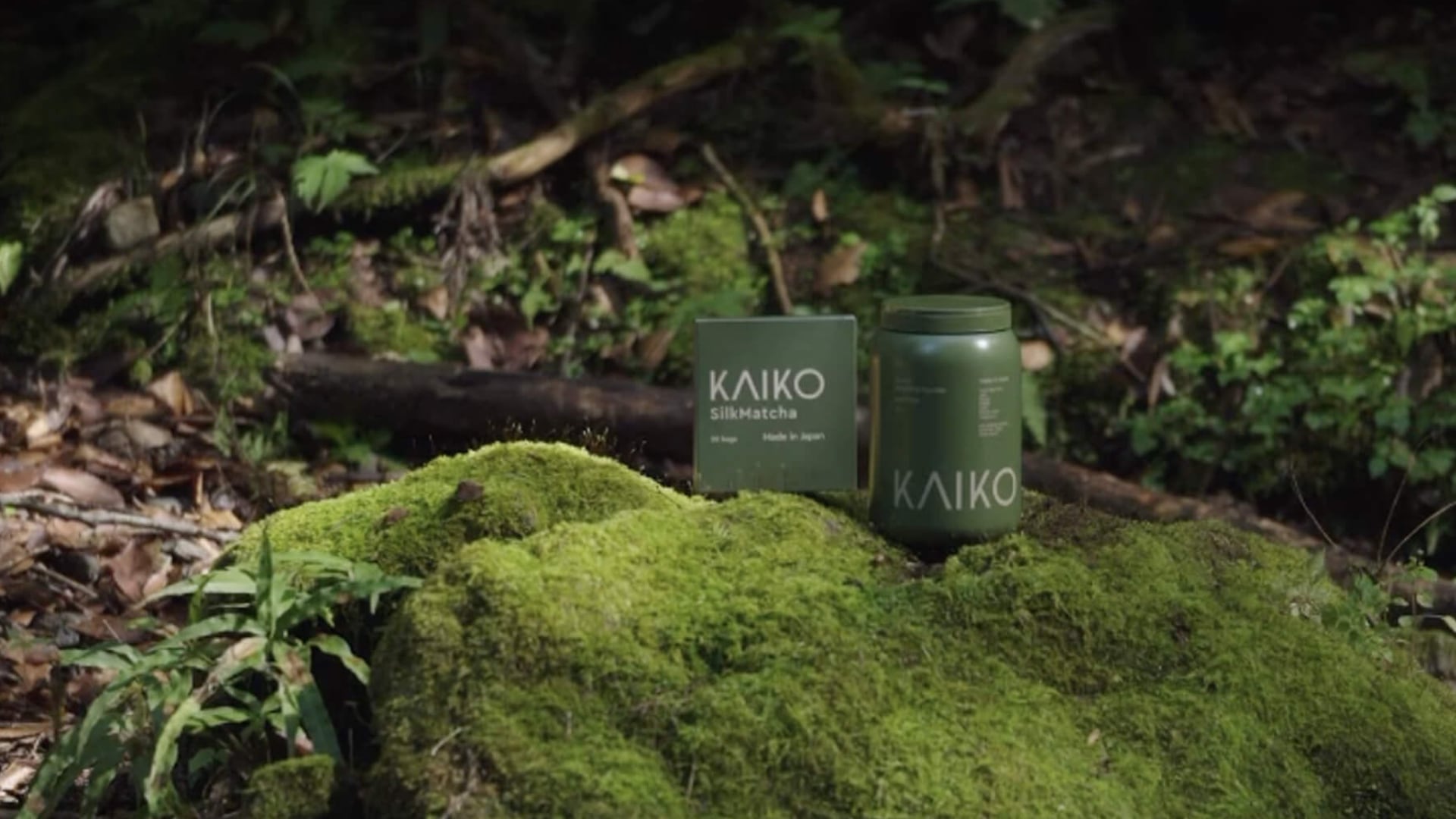Master Kong’s sesame business in China – Summary
- Master Kong subsidiary Tingzhi Foodstuff is China’s top-selling B2B sesame oil brand and ranks second overall in both B2B and B2C markets.
- China consumes around 100,000kg of sesame oil daily, accounting for one-third of global demand.
- Despite high supply and intense local competition, Tingzhi plans to expand internationally, targeting regions with large Chinese populations.
- The company is focusing on value-driven, lower socio-economic markets
- Its strategy emphasizes flexible, culturally relevant innovation to meet evolving consumer preferences in and beyond China.
Chinese snacking giant Master Kong is best-known for its instant noodles and snacking products, but it is far less publicised that the firm also owns its own sesame seed-focused subsidiary business which is Tingzhi Foodstuff.
Tingzhi is currently China’s top-selling sesame oil business in the B2B sector, and also ranks second overall in the country for both B2B and B2C combined.
“Sesame oil is a very important oil in China due to its health and nutritional benefits, but this also means it tends to be more expensive than other oils like soy or palm – which in turn has led to a lot of sesame oil on the market being adulterated,” Tingzhi Group Sales Director Pan Qiang told us.
“Master Kong uses a lot of sesame oil in our products such as in instant noodle sauces, so in order to avoid the pitfalls of fake or unsafe sesame oils, the company opted to just buy and establish its own sesame business.”
China makes up one-third of global demand when it comes to sesame oil, reaching around 100,000kg of usage every day.
“Local competition is extremely fierce in the sesame business – supply is very high as there are many companies fighting for a slice of the pie, and this is even outstripping demand at the moment,” he said.
“This is why we are looking to grow beyond the China market into more geographies, especially markets where there are other Chinese consumers as the cultural impact really makes a big difference when it comes to ease of marketing.”
Tingzhi already has a presence in the United States but is wary of focusing on this market due to the unpredictability of its import tariffs, so is now eyeing other markets such as Malaysia and Thailand which have large pockets of Chinese consumers.
“The main idea for us is to target lower socio-economic markets that want value for money, as we have the supply to meet their needs – so a premium market like Singapore for example would not be on our radar just yet,” Pan added.
“Every geography has different needs when it comes to sesame products, as does each social demographic, and we intend to cover all of these areas from both B2B and B2C perspectives.”

Some case studies he cited were the use of sesame oil during confinement for postpartum mothers, as well as many younger consumers today turning to sesame paste as a new-style must-have condiment to accompany hotpot meals.
“The point is to keep innovation flexible and customised according to different consumer needs,” he said.
New-age sesame innovation
In recent years, sesame-based salad sauces have also seen a boom in popularity across the APAC region due to the influence of Japan sesame sauce brand Kewpie, and this has been particularly prominent in China.
“Kewpie has seen immense growth in China with their sesame sauces, and we believe there are many learnings for us in their journey, and we can even make some advancements,” Pan said.
“We have got years of expertise in sesame as it is and our technology extends to areas like sesame powders and sesame pastes as well – for example, in line with current consumer trends, we are developing these with less fat and oil content to cater to the health-conscious; as well as extra-fine products that senior consumers can enjoy better.”

Tingzhi’s sesame paste is also being used to make desserts such as black sesame ice creams - described by Pan as the ‘blackest on the market’ - another new take on the use of sesame in Asia.





